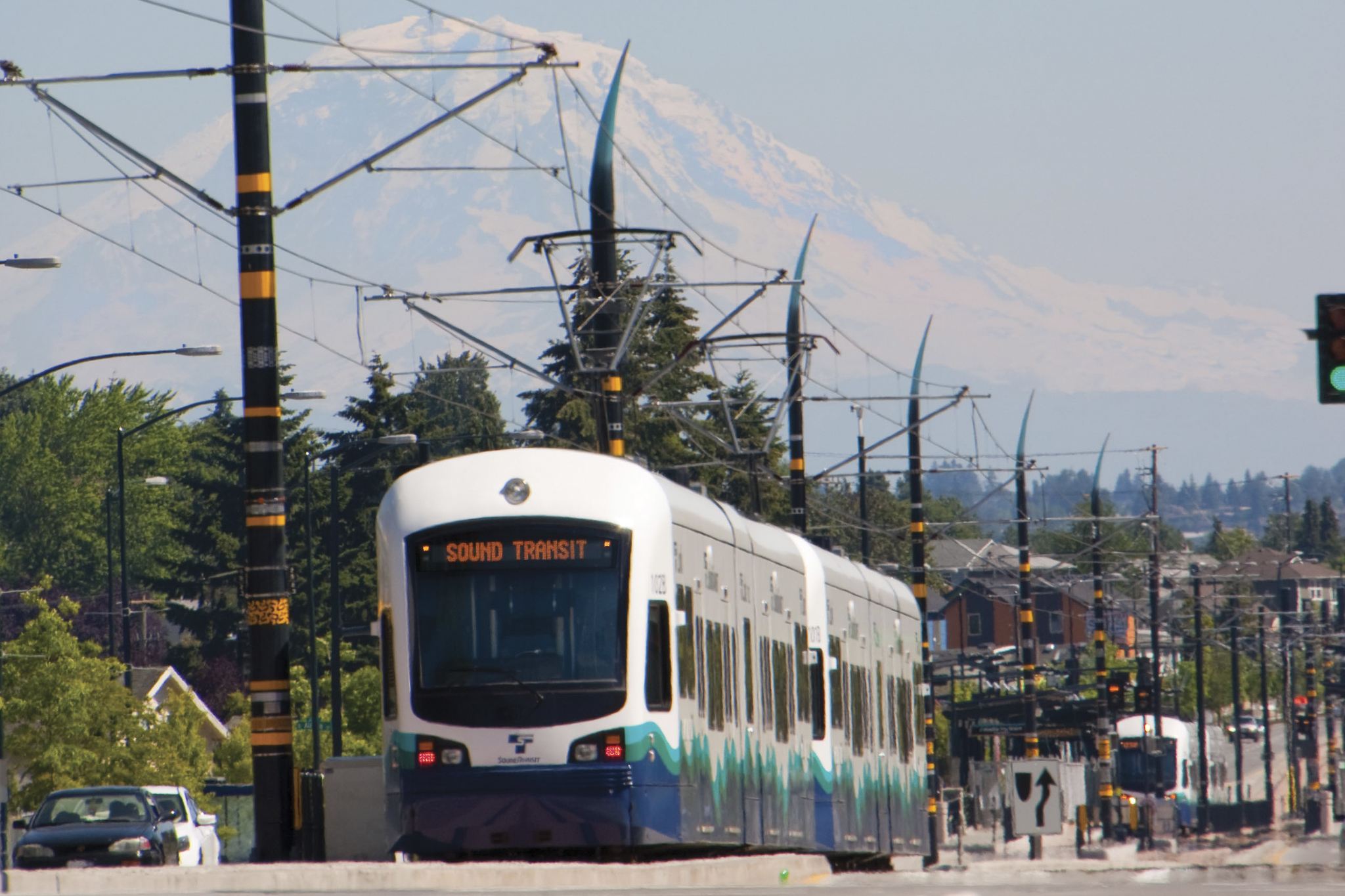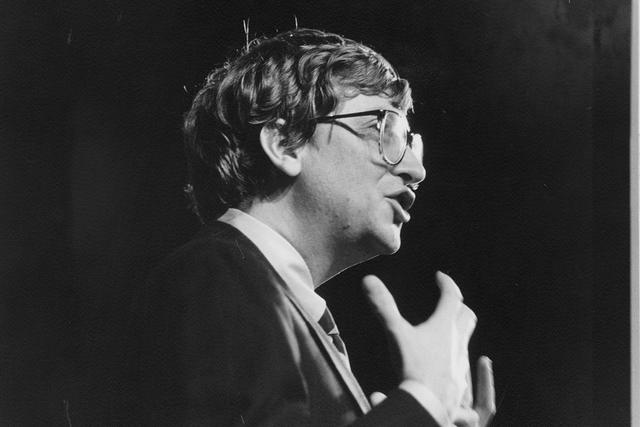For nigh on three decades, picturesque Victoria, BC, and its neighbors in the Capital Regional District have been dumping their raw sewage into two deep outfalls in the Strait of Juan de Fuca, 20 miles from this state’s shores. And for most of that time various aggrieved parties have blustered and pled to make the Victoria CRD upgrade to current treatment standards. But the provincial and federal governments and green groups—even Washington legislators who once threatened a tourism boycott—have all failed to move the Victorians. Year after year the CRD has demurred, deferred, studied further, and looked toward finding more “appropriate” (and less expensive) sewage solutions.
Now one more contender has stepped up to try to force the CRD to clean up. In February, the Vancouver-based Sierra Legal Defence Fund (no relation to the former Sierra Club Legal Defense Fund) and the United Fishermen union “laid charges” against the CRD. (In Canada, private parties can file criminal cases). The Sierra group charges that the CRD has exceeded its discharge limits by up to 50 percent and also violated its discharge permit (which is predicated on a gradual move to sewage treatment) by not reserving land for treatment facilities.
CRD officials reply that conventional secondary treatment, the current standard, costs too much and requires a lot of land that just isn’t available around Victoria, where nobody wants the plant as a neighbor. And, claims CRD chief engineer Mike Williams, new technologies might cost a sixth as much and “remove sewage solids better than primary treatment.” But what about the secondary standard? Not necessary, nothing proven, the Victorians still argue. They insist that the Strait’s fast currents flush the stuff out harmlessly. The Sierra Legal eagles wave data showing that the usual crabs, mollusks, and echinoderms have been greatly reduced or wiped out around the CRD’s Macaulay Point outfall, while a type of sewage-loving worm has grown rampantly. Yes, concedes Williams, but, “Is [the whole project] good or bad in balance? Compared to the alienation of land, how do you determine least harmful effect?”
If you feel caught in a time warp, you may be: King County’s Metro officials argued likewise against upgrading from primary to secondary treatment in the ’70s and early ’80s. But overdue as a legal resolution might seem in Victoria, it may not come soon: the greens, the CRD and its supporters, and other officials are scrambling over who will try the case. “We have the right of private prosecution,” says Sierra Fund biologist John Werring, but he fears the BC attorney general will assume the case and go easy on the official polluters. Williams says the case “won’t affect our current plans. We’ll go ahead with sites and technologies as planned.”
It’s in the water
One more reason to worry about what gets dumped at what were supposed to be safe depths (as off Victoria): Research reported in the June issue of Scientific American found that poliovirus and other pathogens from human feces can survive in seas as deep as 3,300 feet—and perhaps rise back up with oceanic upwelling. Such an upwelling may have caused a 1992 cholera epidemic in Bangladesh. Gut bacteria survived in sludge for 30 months after being dumped 170 miles off New York City. And such impacts may increase as global warming changes upwelling. “We’re just beginning to look at how climate change can affect ocean circulation and bring these bugs back to haunt us,” Harvard’s Paul Epstein told Scientific American.
Made in the shade
Yes, it’s good that Starbucks will finally offer a shade-grown coffee, thus proving that despite its global reach, it is not the McDonald’s of coffee (McD’s doesn’t sell free-range McNuggets). But the gesture comes with a double shot of irony. Coffee marketers and conservationists now look to Starbucks as a bellwether of the move to shade growing (which spares the tropical forests, with their migratory songbirds and other residents, that agri-industrial “sun” growing destroys). On Monday, NPR’s Morning Edition gushed over the “new kind of coffee” Starbucks has discovered. Soon enough, the world will think Starbucks invented this most traditional of coffee-growing formats—just as it did espresso, right?
Truth is, Starbucks is a conspicuous latecomer to the clean-coffee bandwagon, jumping on only after years of prodding by activists and share-holders (Q&D, 5/29/96). By contrast, the Puget Consumers Coop dedicated all its bins to organically grown coffees three and a half years ago; it now offers over 20 organic blends from six roasters. Many of these are also billed as shade grown and bird friendly; shade and organic tend to overlap, since it’s high-yield, capital-intensive “sun” growing that demands heavy fertilizing and pesticides.
Are PCC’s customers paying the price of virtue? Hardly; nearly all its organics, including decafs, cost $7.99 to $9.99 a pound. Starbucks’ sole shade grade, from Chiapas, will cost $12.95—less than some of its select noncertified coffees, but enough to reinforce the notion that cleanly grown necessarily means expensive, as do high prices in supermarkets’ organic ghettos.
Nevertheless, as Starbucks officials tell it, their slow progress and high price simply reflect conscientiousness. Environmental affairs director Sue Mecklenburg says it took this long (and a partnership with the DC-based Conservation International) to find a verified, reliable source of shade-grown coffee of suitable quality. “Probably half the coffee we buy on the open market is shade,” says Mecklenburg. “[But] there’s no certification for shade—the term comes in lots of varieties.” And the higher price reflects not just that shading but Starbucks’ zeal for quality. “Starbucks always pays a premium” to get the best beans and treat growers fairly, says spokesperson Helen Chung. Competitors struggling in Starbucks’ shadow grumble that it always extracts higher profits, but I won’t step into the eternal “How good is Starbucks?” debate. Let’s just say shady coffee’s always tasted good to me.








